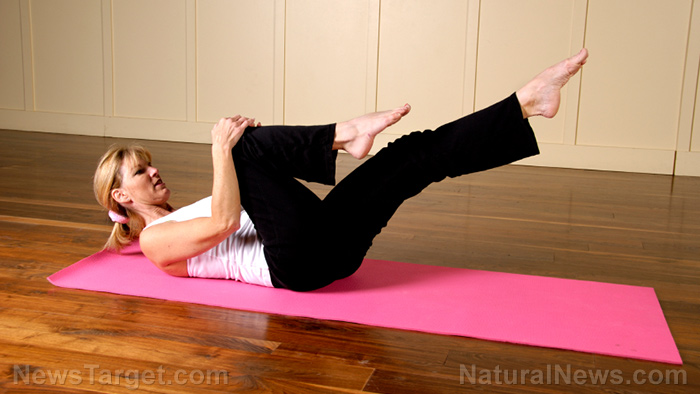
If you've ever done something as simple as wiggling your toes, you can thank your sciatic nerve for that. As the longest nerve in the body, it runs the course of your spinal cord, past your hips and buttocks, and stretches all the way down your legs. Without it, you wouldn't even be able to feel your legs. If the sciatic nerve becomes compressed or damaged for any number of reasons, you will feel the immediate symptom of burning pain in the all the affected areas connected by the nerve. This painful sensation, including all of its related symptoms, is called sciatica.
On its own, sciatica is not a medical condition but a set of symptoms affecting the back and lower extremities. These symptoms may include a tingling sensation of pins and needles, a feeling of weakness or numbness, difficulty in standing or moving, and in severe cases, incontinence. People who lift heavy objects, are between the ages of thirty and fifty years old, smoke, or have diabetes are the ones most at risk for sciatica.
The onset of sciatica can be caused by various reasons. It can be caused by an injury from improperly carrying a heavy object. Slipped or herniated disks that compress the nerve might also be the culprit. Pinched nerves, tumors or infections are also possible reasons for sciatica.
Home remedies for relief of sciatica
Thankfully, several home remedies can bring sweet relief to sufferers of sciatica. Here are just some of the possible treatments:
- Inversion therapy -- Inversion therapy is a technique that involves suspending a person upside down on an inversion rack or table to stretch the spine and alleviate back pain. The theory behind inversion therapy is that by shifting the body's gravity, the spine is decompressed. This stretches the spine to move pressure away from it, thereby removing pressure from the sciatic nerve. With a boot-and-rack system, a person is locked onto the rack system by the boots. The rack is then inverted allowing the person to hang vertically. Depending on your pain threshold, the treatment time may vary, but the goal is to progressively tolerate more pain over time. For those without access to an inversion rack, a cheaper alternative would be to lie facedown on a workout bench.
- Yoga -- Yoga is a system of physical and mental practice that combines several techniques such as physical postures, breathing techniques, relaxation, and meditation. Various styles of yoga have developed over thousands of years. Modern forms of yoga center around stretching and following poses that stimulate inner peace and physical energy. Gentle yoga stretches can help relieve sciatic pain. But twisting exercises might only exacerbate it. Be sure to talk with your certified yoga instructor to find the exercise regime that best fits your needs. Aside from treating sciatica, yoga also has many other health benefits. (Related: Yoga takes away stress, pounds, toxins, cholesterol and cravings.)
- Aerial yoga -- If you can't decide between inversion therapy and yoga, why not have them both at the same time? Aerial yoga is a "gravity-defying" form of yoga that combines the principles of inversion therapy and the physical poses of yoga. It uses circus-like equipment such as suspended hammocks or yoga swings to achieve positions that are difficult to perform on the ground with a regular yoga mat. Among the many benefits of aerial yoga are strengthening and stretching the entire body, decompressing the spine, and improving circulation.
If you want to learn more about home remedies and the countless ways they can help treat ailments, you can read more articles on Remedies.news.
Sources:
Please contact us for more information.























